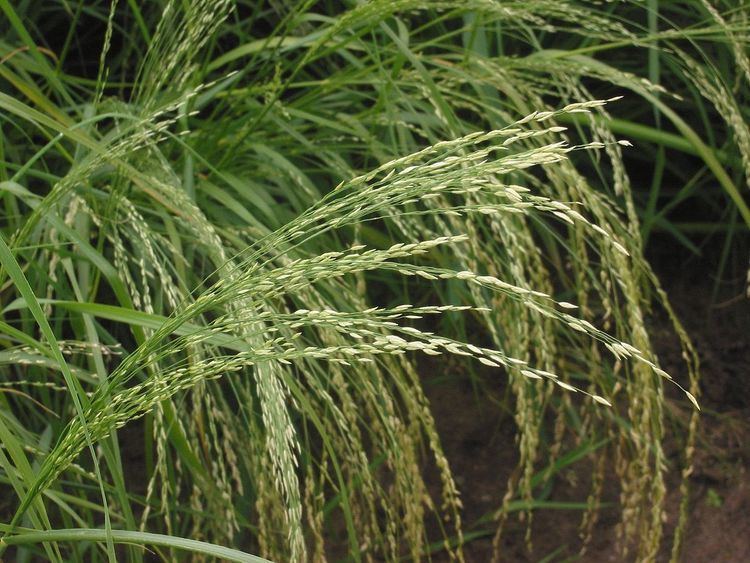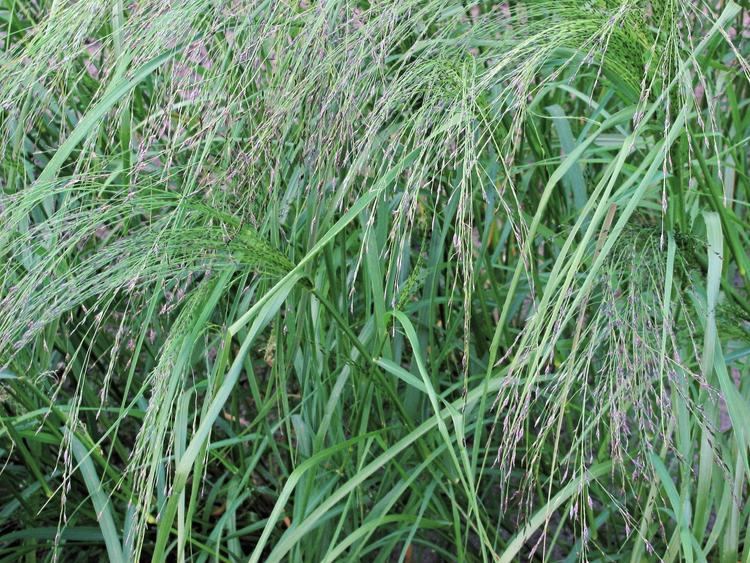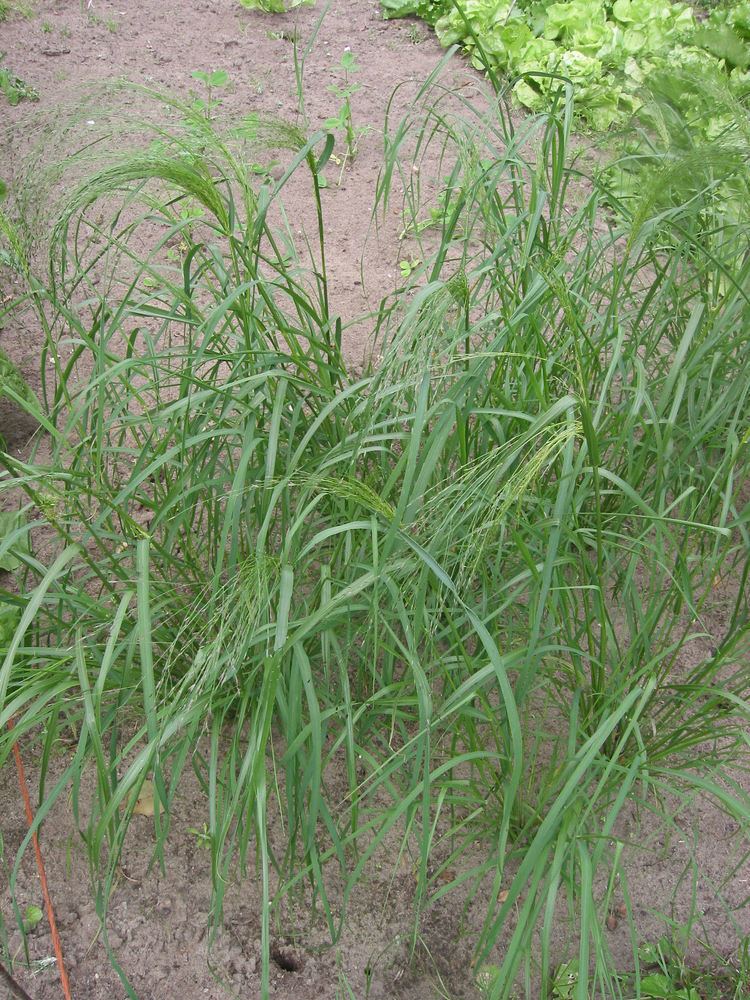Kingdom Plantae Family Poaceae Genus Eragrostis Higher classification Eragrostis | Order Poales Subfamily Chloridoideae Scientific name Eragrostis tef Rank Species | |
 | ||
Similar Eragrostis, Sorghum, Khorasan wheat, Quinoa, Buckwheat | ||
Tef eragrostis tef harvest in the israel
Eragrostis tef, teff, Williams lovegrass, annual bunch grass, taf (Amharic: ጤፍ? ṭēff; Tigrinya: ጣፍ? ṭaff), or xaafii (Oromo), is an annual grass, a species of lovegrass native to Eritrea and Ethiopia. The word "teff" is connected by folk etymology to the Ethio-Semitic root "ṭff", which means "lost" (because of the small size of the grain).
Contents
- Tef eragrostis tef harvest in the israel
- Siega eragrostis tef mov
- Description
- Distribution
- History
- Cultivation and uses
- References

Siega eragrostis tef mov
Description

Eragrostis tef has an attractive nutrition profile, being high in dietary fiber and iron and providing protein and calcium. It is similar to millet and quinoa in cooking, but the seed is much smaller and cooks faster, thus using less fuel.
Distribution
Eragrostis tef is adapted to environments ranging from drought stress to waterlogged soil conditions. Maximum teff production occurs at altitudes of 1,800 to 2,100 m (5,900 to 6,900 ft), growing season rainfall of 450 to 550 mm (18 to 22 in), and a temperature range of 10 to 27 °C (50 to 81 °F). Teff is daylight sensitive and flowers best with 12 hours of daylight.
Teff is an important food grain in Ethiopia and Eritrea, where it is used to make injera or keyta, and less so in India and Australia. It is now raised in the US, in Idaho and Nevada. In addition to people from traditional teff-consuming countries, customers include those on gluten-restricted diets. Because of its small seeds (less than 1 mm diameter), a handful is enough to sow a large area. This property makes teff particularly suited to a seminomadic lifestyle.

Ethiopia had a long-standing ban in effect on the export of teff grain or flour from the country prompted by increasing grain prices. In 2015, that ban was lifted after the introduction of farming techniques which improved yields 40%.
History
Between 8000 and 5000 BC, the people of the Ethiopian highlands were among the first to domesticate plants and animals for food. Teff was one of the earliest plants domesticated. Teff is believed to have originated in Ethiopia and Eritrea between 4000 BC and 1000 BC. Genetic evidence points to E. pilosa as the most likely wild ancestor. A 19th century identification of teff seeds from an ancient Egyptian site is now considered doubtful; the seeds in question (no longer available for study) are more likely of E. aegyptiaca, a common wild grass in Egypt.
Cultivation and uses
Teff is noted for its high quality and high yield, when compared to other forage rotations. It is also known as an "emergency crop" because it is planted late in the spring when the growing season is warmer, and most other crops have already been planted. It does not tolerate any type of frost. Teff is also valued for its fine straw, which is traditionally mixed with mud for building purposes. The first draft of the Eragrostis tef genome was published in 2014.
In 1996, the US National Research Council characterized teff as having the "potential to improve nutrition, boost food security, foster rural development and support sustainable landcare."
Teff has been widely cultivated and used in Ethiopia and neighboring countries, accounting for about a quarter of total cereal production in Ethiopia. Teff is a main ingredient for preparing injera, a sourdough-risen flatbread.
Teff is high in protein, carbohydrates and fiber. In one study in Ethiopia, farmers indicated a preference among consumers for white teff over darker colored varieties.
